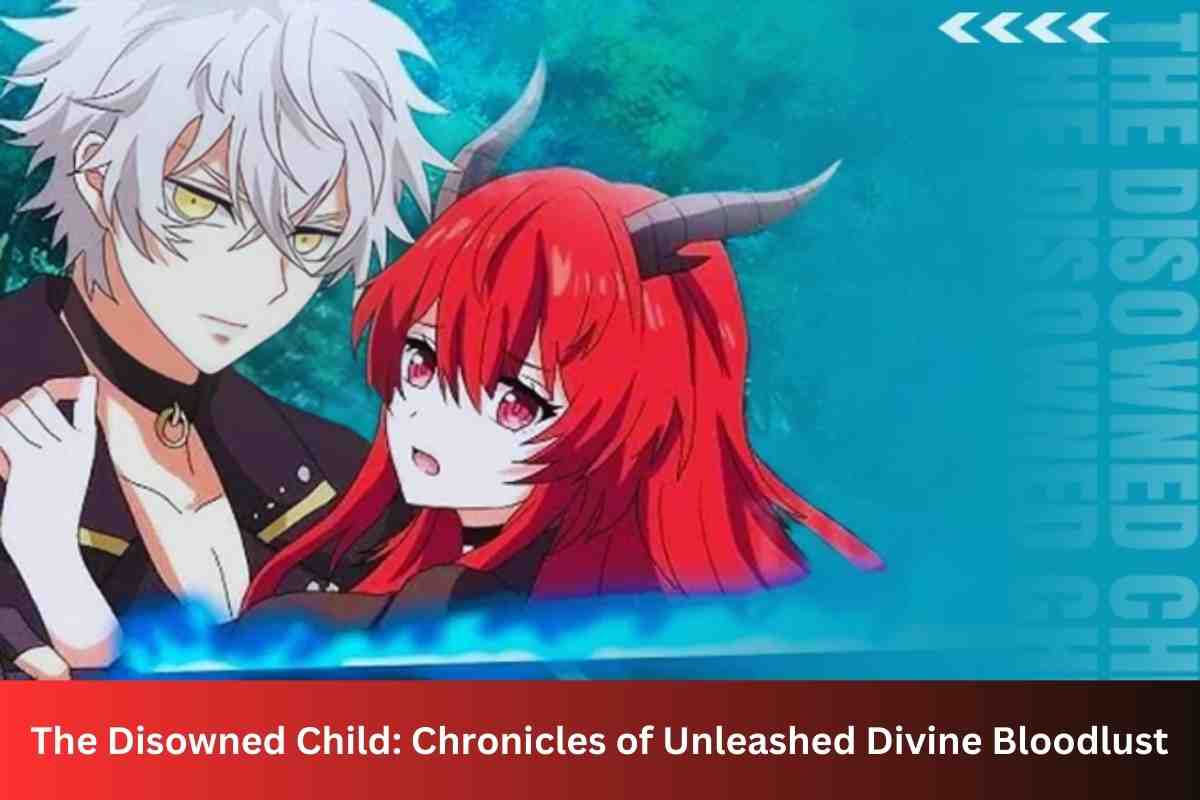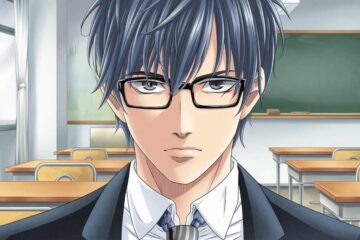- Character Archetypes in “The Disowned Child”
- A Journey of the Disowned child: chronicles of unleashed divine bloodlust
- The Divine Entity: Gods of Control and Cruelty
- The Loyal Companion: The Human Side of Divinity
- Themes in “The Disowned Child: Chronicles of Unleashed Divine Bloodlust”
- Revenge vs. Redemption: The Heart of Conflict
- The Role of Bloodlust in the Story
- Conclusion
- FAQs
- What is the main theme of The Disowned Child: Chronicles of Unleashed Divine Bloodlust?
- Why is the disowned hero often portrayed as a tragic character?
- How does the disowned child: chronicles of unleashed divine bloodlustfind their true identity?
- What are the key struggles faced by the disowned child?
- What does the divine entity represent in these stories?
- Can the disowned child ever find redemption?
- Why is revenge such a prominent theme in The Disowned Child?
- How do companions influence the disowned hero’s journey?
- What is the symbol of the disowned child: chronicles of unleashed divine bloodlust?
The Disowned Child: Chronicles of Unleashed Divine Bloodlust explores this age-old narrative, where the protagonist must navigate a world filled with complex emotions, divine conflict, and the overwhelming urge for vengeance.
These tales tap into universal struggles, identity, abandonment, and the darkness of unchecked power, making them both timeless and intensely relatable.
In this article, we’ll explore the key elements of this genre, including the archetypes of the disowned child, the role of divine bloodlust, and the deep emotional and moral dilemmas these characters face.
Character Archetypes in “The Disowned Child”
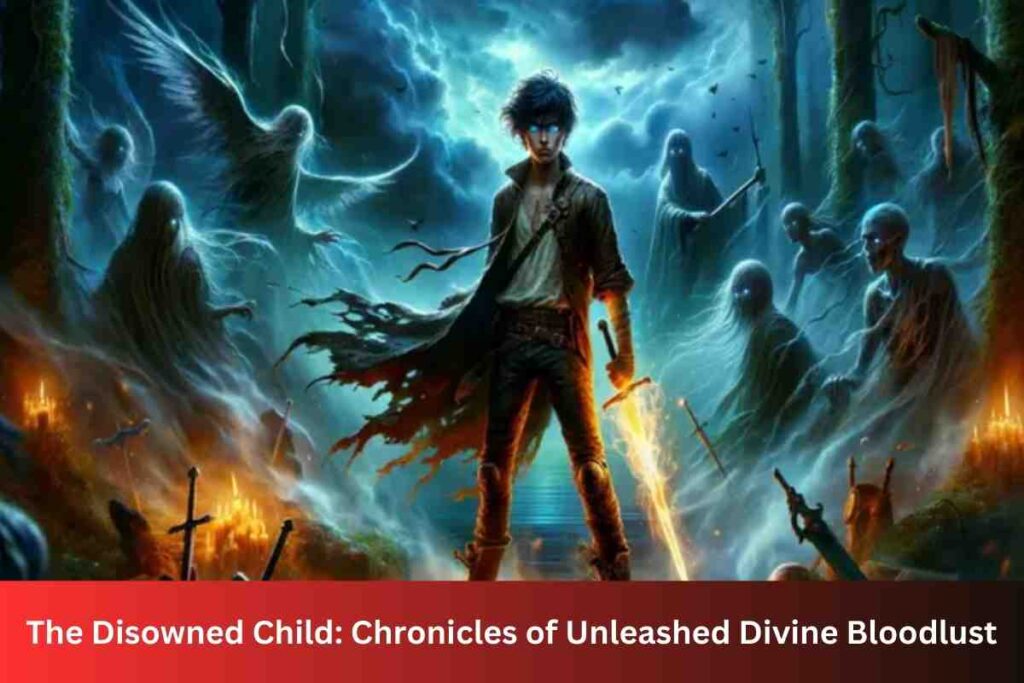
At the heart of The Disowned Child: Chronicles of Unleashed Divine Bloodlust lies a profound transformation one that begins with rejection and ends with the unleashing of a dark and powerful force.
The disowned child, often discarded by divine parents or celestial beings, represents not just an individual, but an archetype that resonates with everyone who has ever felt abandoned or misunderstood.
A Journey of the Disowned child: chronicles of unleashed divine bloodlust
Divine figures often cast aside the disowned hero due to fear, jealousy, or failure to meet divine expectations. This character is marked by:
Abandonment or Rejection
The child, though born with divine blood, is abandoned or betrayed by the very beings who should have nurtured them.
Quest for Worth
The disowned hero embarks on a journey to prove themselves, often battling internal doubts and external enemies.
Unleashing Divine Power
The hero’s hidden divine abilities emerge with time, but these powers come with blessings and curses, shaping their destiny.
The disowned hero’s journey is about more than power; it’s about reconciling their dual natures human and divine and determining how to navigate the tension between bloodlust and redemption.
The Divine Entity: Gods of Control and Cruelty
Divine beings in this narrative serve as powerful figures of control and authority, but often embody cruelty or jealousy. These gods may:
Serve as Antagonists
The divine entities typically act as antagonists, enforcing unjust rules or casting out the hero for breaking divine laws.
Represent Power and Injustice
They stand as symbols of power, but also of the corruption and flaws inherent in divine authority.
Impose Predestination and Fate
Their role often introduces themes of predestination, where the hero must either defy their fate or embrace it.
The clash between the disowned child and these divine beings drives much of the story’s tension, as both sides struggle for dominance and control.
The Loyal Companion: The Human Side of Divinity
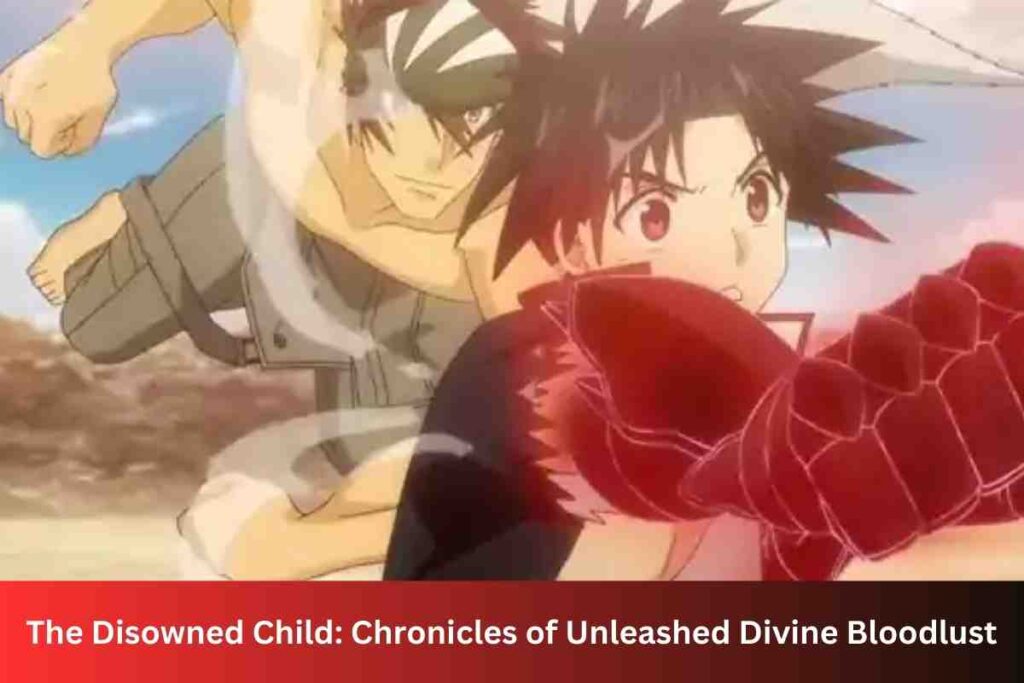
Though the disowned hero often stands alone, they rarely have a companion. Loyal allies, be they mentors, friends, or magical creatures, provide support and grounding during the hero’s emotional and physical struggles.
These companions often include:
- The Wise Mentor: A figure who guides the hero, teaching them how to control their powers and navigate their path.
- The Mortal Friend: A character who represents the human side of the conflict, offering a voice of reason and compassion.
- Mythical Beasts or Allies: Creatures that the hero commands or befriends, symbolizing their connection to the divine and supernatural.
These companions help balance the hero’s darker impulses, keeping them from descending entirely into destructive bloodlust.
Themes in “The Disowned Child: Chronicles of Unleashed Divine Bloodlust”
The quest for identity is a central theme in stories about disowned children. The hero must come to terms with who they are and what they stand for while grappling with their inherited immense power.
The disowned child often:
- Struggles with Duality: The tension between their mortal upbringing and divine heritage creates an internal struggle for identity.
- Seeks Self-Discovery: Throughout their journey, they uncover hidden strengths, powers, and truths about themselves, leading to a deeper understanding of their place in the world.
- Faces the Darkness Within: As the hero discovers their divine powers, they must also confront the darker side of these abilities, often represented by their bloodlust.
The journey of self-discovery is both painful and transformative, as the disowned hero strives to find balance and define their own fate.
Revenge vs. Redemption: The Heart of Conflict
The heart of the disowned hero’s journey is the struggle between revenge and redemption. The hero’s anger over their abandonment fuels a desire for vengeance, but this often comes at a great cost.
Themes of revenge versus redemption play out in dramatic confrontations, forcing the hero to choose:
Revenge
The pursuit of vengeance may bring satisfaction, but it often alienates the hero from those they wish to protect and leads to destructive consequences.
Redemption
Alternatively, the hero may seek redemption, striving to forgive their enemies and reconcile with their past, often through self-reflection and sacrifice.
The tension between these paths defines the emotional depth of the narrative, challenging the hero to determine whether their powers will serve as a force for destruction or healing.
The Price of Power
Divine power is both a gift and a curse in The Disowned Child: Chronicles of Unleashed Divine Bloodlust.
The protagonist’s powers, which come from their celestial heritage, are capable of great feats but also carry a risk:
The Allure of Bloodlust
The hero’s divine bloodlust gives them immense power, but it is often uncontrollable. The desire for vengeance can consume them, leading to destructive actions and a loss of humanity.
The Danger of Unchecked Power
The hero’s struggle to control their powers, especially in moments of intense emotion, forms the core of their internal conflict. The more they embrace their bloodlust, the more they risk succumbing to it completely.
This theme explores the consequences of wielding power without responsibility and the moral dilemmas that arise when a hero must decide whether to embrace their dark side or choose the path of redemption.
The Role of Bloodlust in the Story
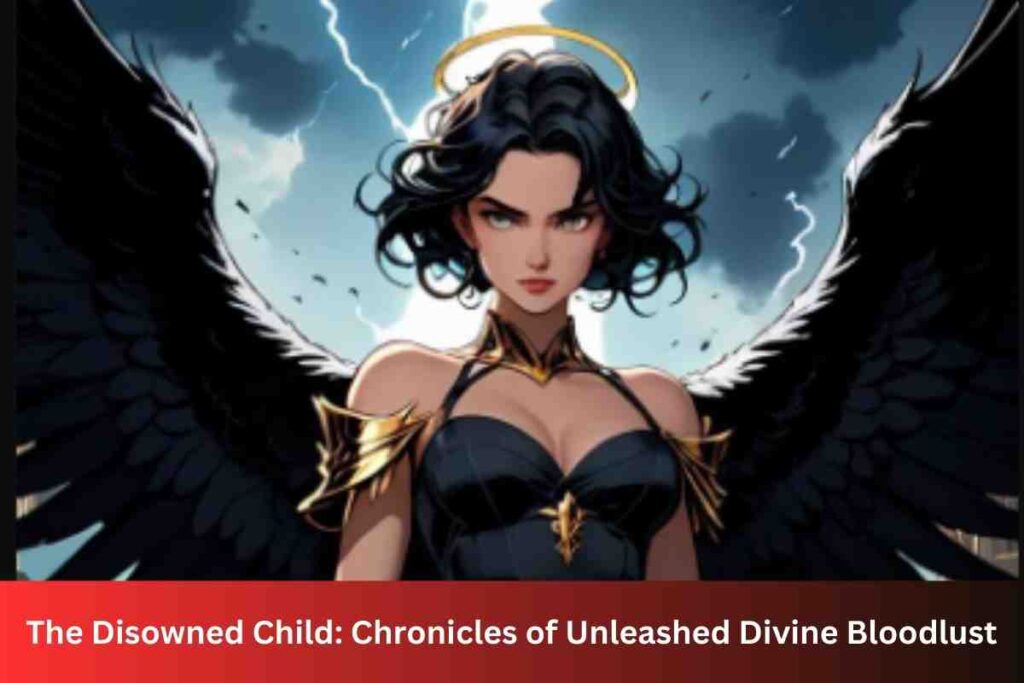
Bloodlust, an uncontrollable thirst for violence, is a defining feature of many disowned child narratives. It often symbolizes the darker, more destructive side of the protagonist’s divine powers.
While bloodlust grants the hero extraordinary strength and abilities, it also comes with a grave cost:
- Empowerment vs. Corruption: The hero’s bloodlust gives them the power to defeat their enemies and drives them toward moral decay.
- The Struggle for Control: The hero must constantly battle to keep their bloodlust in check, knowing that each act of vengeance brings them closer to losing themselves.
Bloodlust is the ultimate test of the hero’s character, challenging them to control their impulses and decide what kind of person they want to become.
Conclusion
The Disowned Child: Chronicles of Unleashed Divine Bloodlust is more than just a tale of gods and heroes; it is a story of transformation.
It is a journey of self-discovery, moral conflict, and the ultimate choice between revenge and redemption.
Through the lens of divine conflict, these stories ask us profound questions about power, responsibility, and the price of vengeance.
The disowned child’s struggle between the allure of bloodlust and the quest for redemption mirrors our own struggles with identity, forgiveness, and growth.
FAQs
What is the main theme of The Disowned Child: Chronicles of Unleashed Divine Bloodlust?
The main theme revolves around the emotional and moral journey of a disowned child born of divine lineage. It explores their internal conflict between the desire for revenge and the quest for redemption, as they struggle to control their divine powers and avoid falling into destructive bloodlust.
Why is the disowned hero often portrayed as a tragic character?
The disowned hero is often depicted as tragic because of their abandonment by divine beings, leaving them to grapple with betrayal, confusion, and loneliness. This rejection forces them to embark on a journey of self-discovery, where they must confront their powers and emotions.
How does the disowned child: chronicles of unleashed divine bloodlustfind their true identity?
The disowned child embarks on self-discovery, often through trial and error, where they confront their past, embrace their divine heritage, and learn to control their powers. This journey leads them to understand who they truly are beyond the betrayal and abandonment they faced.
What are the key struggles faced by the disowned child?
The disowned child struggles with both external and internal conflicts, including rejection by divine beings, the battle between revenge and redemption, and the need to control their bloodlust. Their journey is about reconciling their divine nature with their human side while confronting their emotional pain.
What does the divine entity represent in these stories?
The divine entity in The Disowned Child: chronicles of unleashed divine bloodlust often represent authority, control, and the ideals of power. These beings are typically antagonistic, casting out the child for failing to meet their expectations and embodying the flaws and injustices of divine power.
Can the disowned child ever find redemption?
Yes, while the disowned child faces many moral and emotional challenges, the possibility of redemption is central to their journey. They must decide whether to succumb to revenge and bloodlust or rise above their darker impulses and seek forgiveness and healing.
Why is revenge such a prominent theme in The Disowned Child?
Revenge is a powerful motivator for the disowned child, driven by the emotional scars left by their abandonment. It fuels their desire to seek justice or retaliation against those who wronged them, but often, the pursuit of revenge becomes a destructive force that threatens to consume the protagonist.
How do companions influence the disowned hero’s journey?
Companions play a crucial role in grounding the disowned hero, offering support and guidance during difficult times. These allies, whether mentors or friends, help the hero navigate their internal conflicts, control their powers, and remind them of the human side of their struggles.
What is the symbol of the disowned child: chronicles of unleashed divine bloodlust?
The disowned child’s bloodlust symbolizes the dark side of their divine inheritance—an uncontrollable thirst for destruction. It represents the internal battle between the hero’s desire for power and the need to maintain control over their emotions and actions. Bloodlust serves as both a gift and a curse, with the potential to either save or destroy.

